On December 8, 2023, United States President Joe Biden and SMART-TD President Jeremy Ferguson announced a $6 billion investment in America’s rail infrastructure and in the value of union jobs through two high-speed rail projects in California and Nevada.
“When I ran for president, I made a commitment to build a high-speed rail worthy of America. I mean it — put our nation on track with the fastest, safest and greenest railways in the world, and high-speed,” President Biden said during an announcement event in Las Vegas, Nevada. “You have no idea how much this pleases me: At long last, we are building the first high-speed rail project in our nation’s history, and it’s starting here.
“It means growth and opportunity for towns and communities between here and the California coast. It’s on track to be completed by the 2028 Olympics in Los Angeles. And here’s the best part — it means jobs. Union jobs, jobs, jobs, jobs!”
“The idea of high-speed rail has been discussed in this country for decades, and it is beyond exciting to see it coming together here today,” Ferguson added. “Our members, and our brothers and sisters throughout rail labor, should see this as a day when our nation’s president and the country itself recognized our value and what we bring to the table. The skills our conductors, engineers and yardmasters possess were not an afterthought when the plans for this rail line came together. They are invaluable to this project and woven into the fabric of what will make this high-speed rail project a success.”
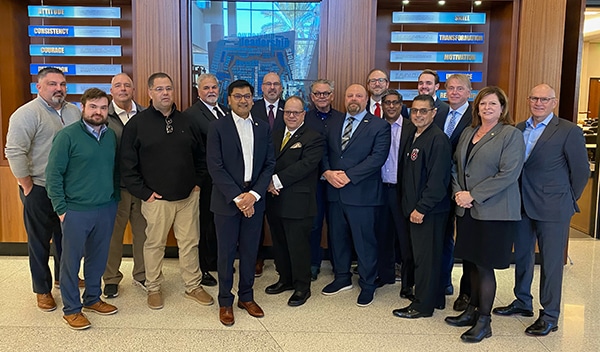
This project has been years in the making and is becoming a reality now due to the public-private partnership between the federal government and the Brightline West Railroad. In plans submitted to the administration, Brightline highlighted the efficiency of this high-speed rail project, stating that trains will travel at speeds upwards of 186 mph – making it possible to get from Southern California to Las Vegas in just over two hours, a fraction of the time it takes on the highway. Other benefits include taking traffic off the heavily congested U.S. Interstate 15, as well as positive impacts on environmental emissions. This project will also bolster the economies of some of our nation’s largest cities.
As a stipulation for receiving federal funding, Brightline West committed to using an organized workforce. SMART-TD has been part of the planning for this project since the railroad made that commitment to Biden and Congress. Along with employing thousands of our brothers and sisters in the SMART Rail, Mechanical and Engineering Department, the Brotherhood of Maintenance of Way, Brotherhood of Railroad Signalmen, TCU and all of our rail labor partners, Brightline West also committed to running their trains with SMART-TD crews.
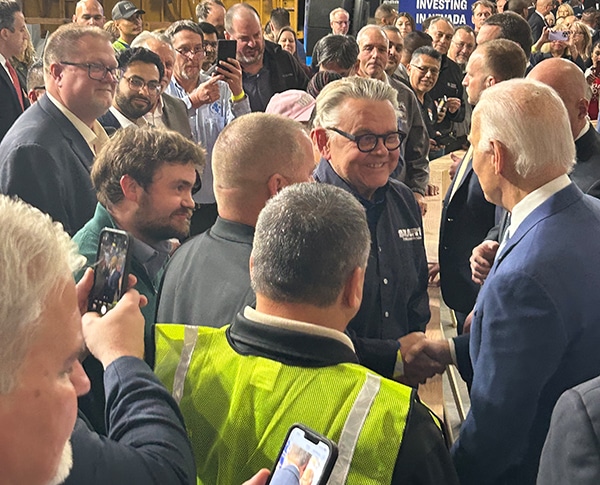
The project will provide hundreds of good, union jobs in the railroad industry, and it serves as an example of what can be accomplished when private industry, the federal government and a strong labor coalition are all pulling in the same direction.
“It’s a proud day for us, and we thank Congresswoman Dina Titus from Nevada’s First Congressional District, Congressman Steven Horsford from Nevada District 4, Congresswoman Susie Lee from Nevada’s Third District, and Nevada’s U.S. Senators Jacky Rosen and Catherine Cortez Masto, along with the Department of Transportation, and of course, President Joe Biden himself for all of their work to make this dream a reality for our men and women,” Ferguson concluded.

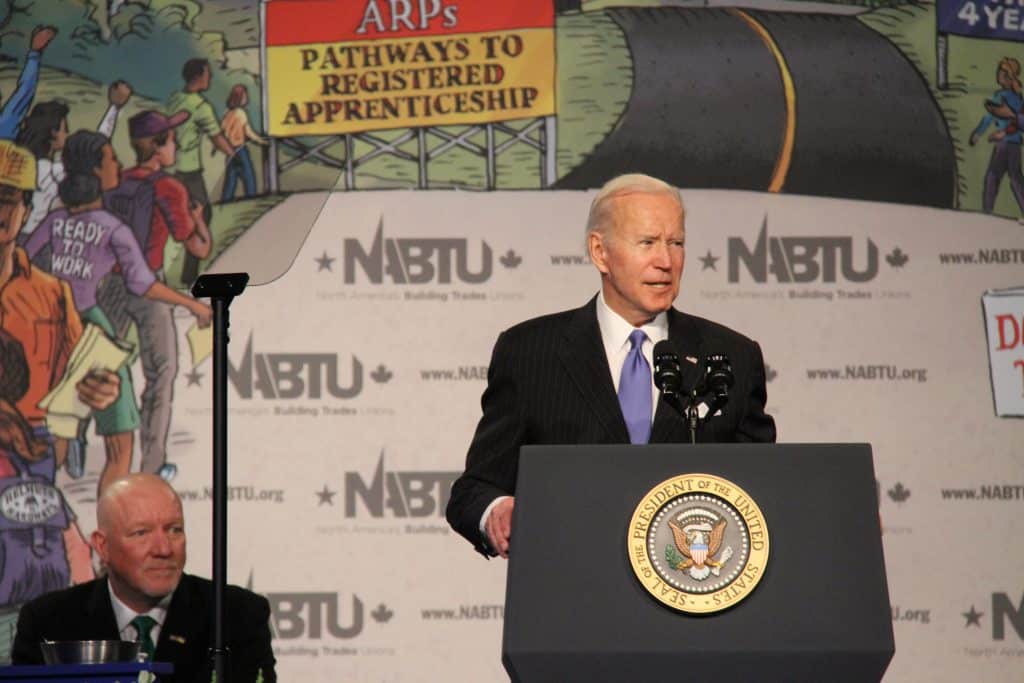

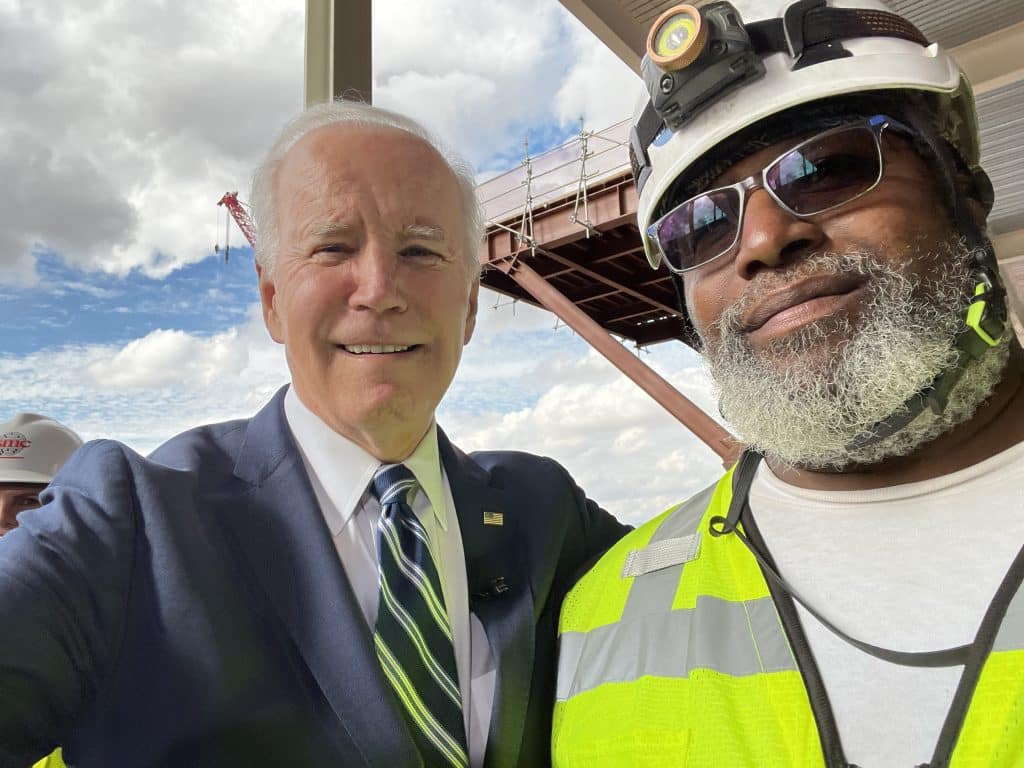
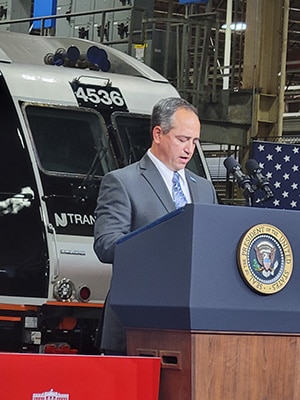
 The White House’s budget request of a little over $125 million for RRB, if approved by Congress, would result in a gain of $11 million for RRB to cover staffing needs to better serve railroad workers nearing retirement, retirees and their survivors.
The White House’s budget request of a little over $125 million for RRB, if approved by Congress, would result in a gain of $11 million for RRB to cover staffing needs to better serve railroad workers nearing retirement, retirees and their survivors.